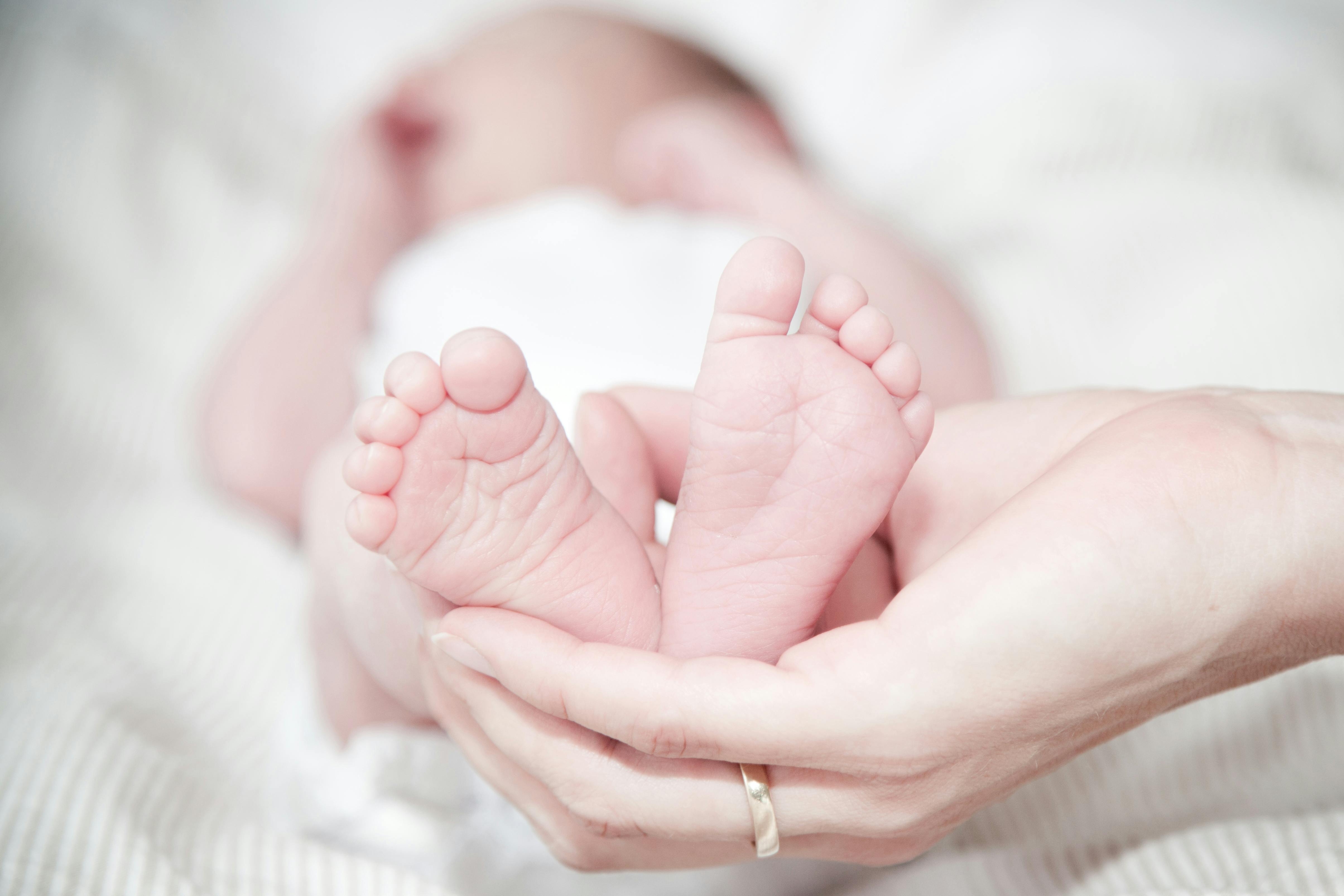Gas Massage
There is no trouble related to gas during the first weeks in newborn babies, this is due to the fact that their digestive system has not properly developed yet, they usually pass noisily watery green color stool during breastfeeding. GAS MASSAGEThere is no trouble related to gas during the first weeks in newborn babies, this is due to the fact that their digestive system has not properly developed yet, they usually pass noisily watery green color stool during breastfeeding, this is the transition stool. The first stool he/she passes is the first bile secretion accumulated in the intestines while still in the mother’s womb, and is a green-black color sticky stool that is called meconium. Whereas during the following first few days or within first week you will observe transition stools. When the digestive organs are developed and as the absorption in intestines increases, both the frequency of passing stool encountered in the first days will decrease as most of the mother’s milk is digested by the baby’s intestines and since there is no feces being left, it may even be possible that he/she may only pass stool 2 to 5 times a day. The color of stool of breastfeeding babies is golden yellow and of a creamy texture.Due to this reason, the baby should be held to the breast prior to breastfeeding if not very soiled during the first weeks, this is because the baby will pass stool when nursing starts. You will not have very serious gas issues in the first weeks.However in the evening one day, sometimes perhaps in the first week, sometimes on the tenth or maybe on the twentieth day, your baby’s restlessness increases, his/her mouth constantly is in search of sucking, and surprises you by pulling his/her knees to his/her stomach and screaming nervously. In such instances the spasm occurring due to gas being squeezed in his/her intestines pains him/her and he/she wants to comfort himself/herself by sucking but the pain while sucking makes him/her nervous and he/she continues crying. such days when the baby wishes to be nursed and crying with screams while stopping breastfeeding nervously makes many mothers think that their babies are crying because they do not have milk, and fall into the trap of trying to give formula to the poor baby that is struggling with gas spasm. Moreover the family may even go to the family doctor concerned that something might have happened to the baby during such times.Gas in babies is an inevitable situation, this is due to the fact that they cannot move their bodies, and are in a continuously laying position, consume only liquids, their digestive organs are developing, digestion bacterias are forming, and on top of these they swallow air while sucking. Even if most of such air swallowed will comes out as burp by tapping on his/her back, in spite of this, small air bubbles that pass into the intestines combine with the movements of the intestines towards the evening and transform into big air bubbles and get stuck at some point in the intestine and the gas that gets squeezed as a result of peristaltic movements of the intestine causes severe spasms. Abdominal wall is also hard and tense during the spasm that occurs in your baby due to gas, and if you immediately start maneuvering to give a massage, your baby will cry even more as he/she will be in pain. Prior to massage, first lay down the baby in your lap, lightly rock him/her on your legs, meanwhile rub your palms quickly and make sure that your palms are warm and cover your baby’s tummy with your warm palms. Warm application will relieve the stomach spasm of your baby, sometimes you may even see that the baby may relax with only this step.Whereas after the spasm is treated, by applying the massage movements listed below you can distribute the air bubbles that cause spasm in your baby’s intestines in a homogenised manner and with the massage movements ensure their passing out. This approach works very well for your baby that is having issues both with passing gas and stool and will make your baby relax.Repeat each move six times, count to 10 between movements and apply push exercises to his/her tummy. The movement stimulates the small intestines but make sure that your hands are warm and you will have to use oil so as your hands may smoothly slide on the baby’s skin. Pull your hands in turn from below the rib cage down towards the abdomen as if you are emptying the stomach. The movement is applied on the large intestine, the movements of large intestine is clockwise, imagine that there is a clock in the stomach of the baby and place your left hand at six o’clock. Move clockwise with your left hand, when you continue like this, you will be making circles clockwise, whereas your right hand will make half circles in the direction from ten o’clock to five o’clock. Repeat 6 times and perform the exercise of pushing the knees of baby towards his/her stomach for ten seconds. Move, the last move, in this move place your thumbs right on top of the bellybutton and pull your fingers towards the side of the belly, as if your are straightening the pages of an open book; 6 repetitions and have your baby perform knee push exercise for ten seconds. Her stomach will soften and your baby will be able to pass gas and stool comfortably.



